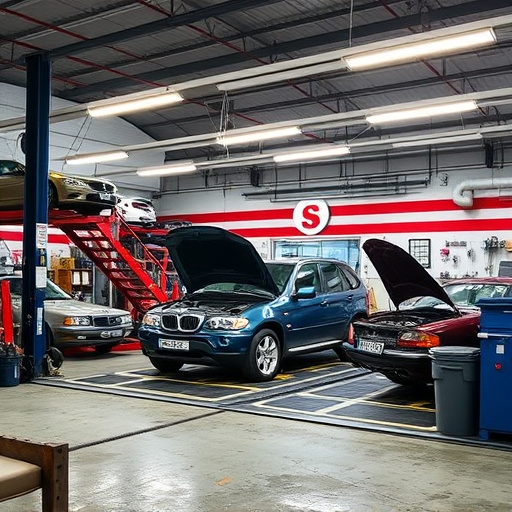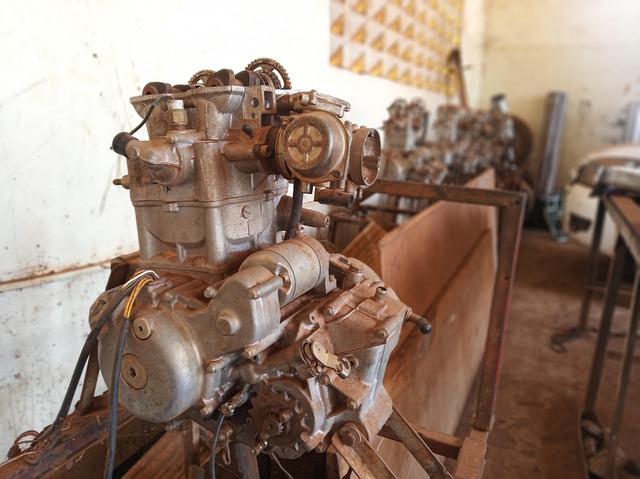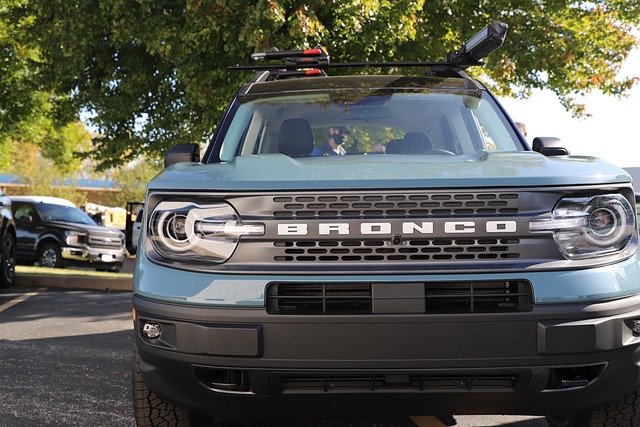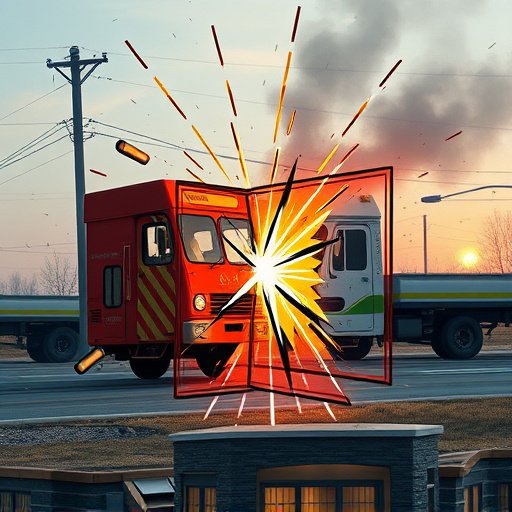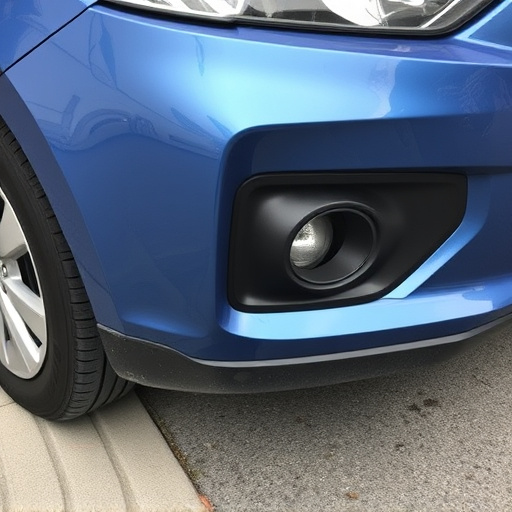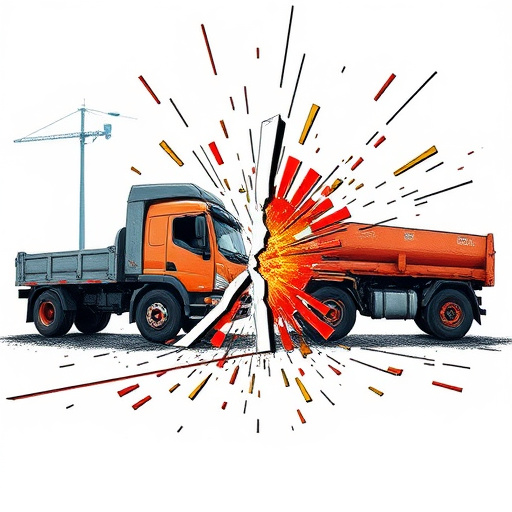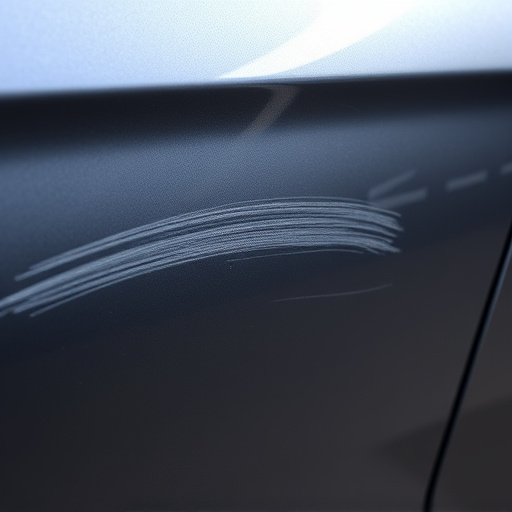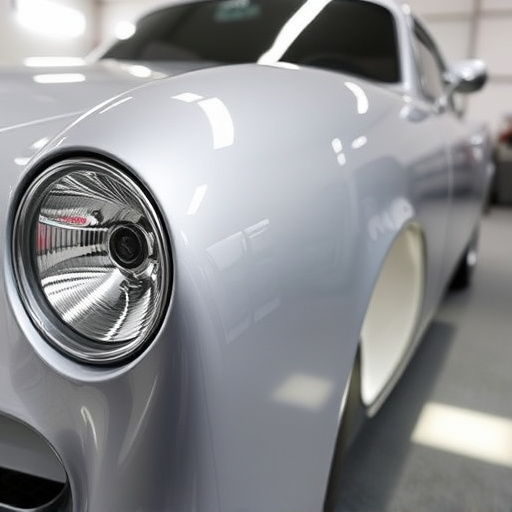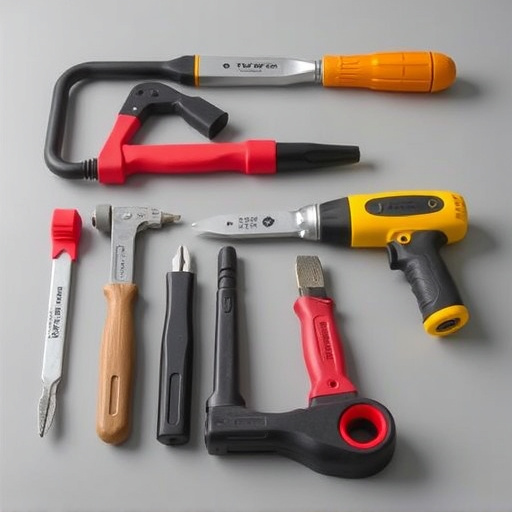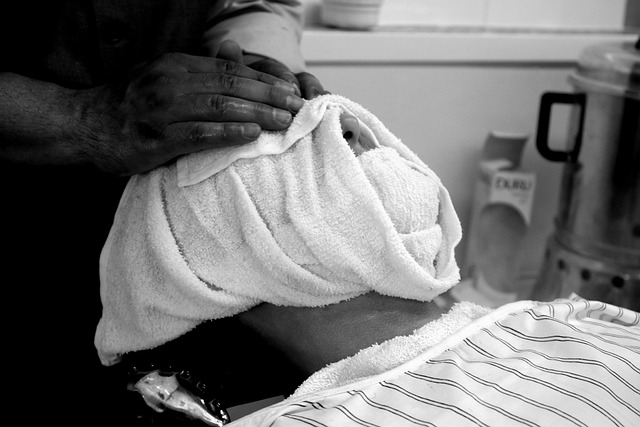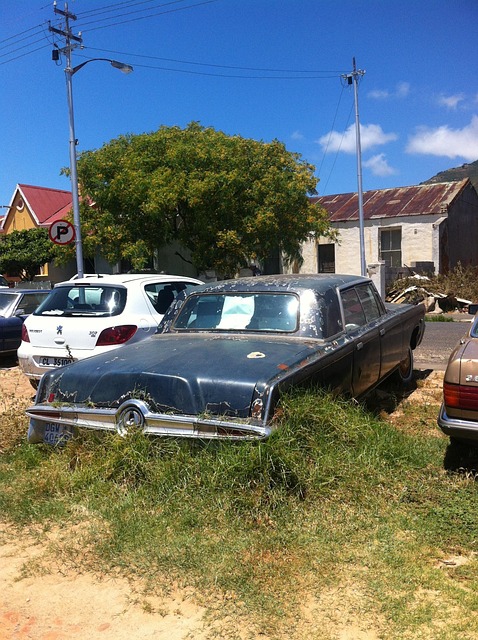Emblem replacement collisions can drastically lower a vehicle's resale value due to perceived damage and reduced aesthetic appeal. Proper collision repair using genuine parts is crucial for luxury vehicles with intricate designs. Strategies to minimize impact include automotive restoration or high-quality substitution, blending new emblems seamlessly with existing paint jobs.
Emblem replacement collisions—while seemingly minor—can significantly impact a vehicle’s resale value. These incidents, caused by anything from accidental damage to malicious acts, can leave visible scars that affect a car’s perceived quality and value. This article delves into the causes and effects of emblem replacements, explores how repair choices influence resale dynamics, and offers strategies for minimizing their adverse effects, guiding both owners and dealers in navigating this complex issue.
- Understanding Emblem Replacement Collisions: Causes and Effects
- Resale Value Dynamics: How Repairs Affect Perception
- Strategies for Minimizing Impact: Restoration vs. Substitution
Understanding Emblem Replacement Collisions: Causes and Effects
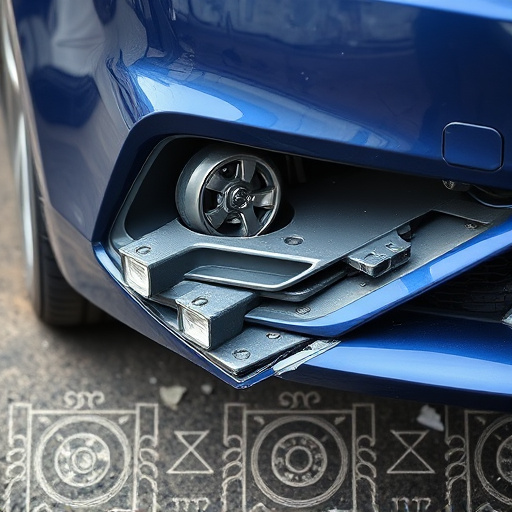
Emblem replacement collisions are a common occurrence on vehicles, often resulting from accidents or damage during routine auto body repairs. These incidents can have significant implications for the resale value of a car, which is why understanding their causes and effects is crucial. In many cases, an emblem, such as a brand logo or distinctive badge, may be damaged beyond repair during a collision or subsequent auto body repair processes like painting. As a result, it needs to be replaced, leading to what’s commonly known as an “emblem replacement collision.”
The effects of such collisions extend beyond just the visible damage. A poorly executed auto glass replacement or subpar collision repair can alter the car’s overall aesthetics and structural integrity. This, in turn, may negatively impact how potential buyers perceive the vehicle’s value. What’s more, a history of emblem replacements could be off-putting to buyers who view it as an indicator of prior damage or substandard auto body repair work, leading to a lower resale price. Therefore, collision repair shops must prioritize meticulous workmanship and use genuine replacement parts during such procedures.
Resale Value Dynamics: How Repairs Affect Perception
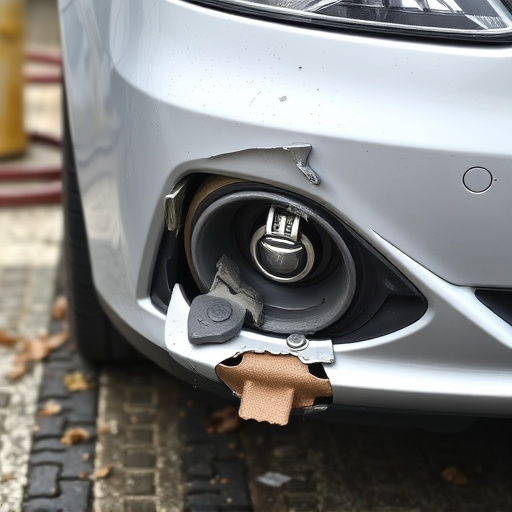
The resale value of a vehicle is influenced by numerous factors, and one often overlooked aspect is an emblem replacement collision. While it may seem like a minor issue, the impact on a car’s perceived value can be significant, especially for luxury vehicles. When an emblem, a distinctive mark of brand identity, suffers damage, it can create a unique challenge in the resale market.
In the realm of luxury vehicle repair, such as that found in Mercedes-Benz repairs, maintaining the vehicle’s aesthetic integrity is paramount. An emblem replacement collision might leave visible scars or discoloration, which could deter potential buyers. This is particularly true for cars with intricate designs and iconic emblems. The perception of value shifts when a car’s original features are compromised, leading to longer sales cycles or even lower resale prices. Therefore, prompt and professional repairs in an automotive body shop are essential to mitigate these effects and ensure the vehicle retains its desirable market position.
Strategies for Minimizing Impact: Restoration vs. Substitution
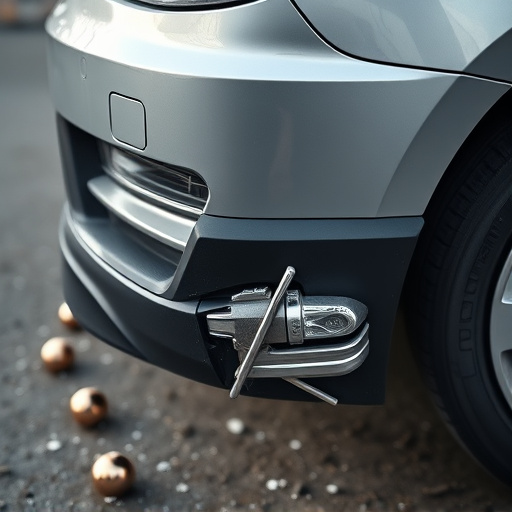
When an emblem replacement collision occurs, it can significantly impact a vehicle’s resale value. To minimize this effect, automakers and owners have two primary strategies: restoration or substitution. Automotive restoration involves meticulously repairing and recreating the original emblem, aiming to restore the car to its pre-collision condition. This method is ideal for vintage or classic vehicles where originality is paramount. However, it may not be cost-effective for modern cars, as intricate detail work can be labor-intensive.
An alternative is to opt for a high-quality substitution, wherein a new emblem that matches the vehicle’s make and model is installed. Auto body repair professionals use advanced techniques and computer-aided design (CAD) software to ensure an exact replica of the original. This approach offers a more affordable solution while still maintaining the car’s aesthetic appeal. Car paint repair expertise is crucial in seamlessly blending the new emblem with the existing paint job, ensuring the collision is barely noticeable upon resale.
Emblem replacement collisions, while seemingly minor, can significantly impact a vehicle’s resale value due to their visible nature and potential for misperception by buyers. Understanding the causes and effects of these incidents is crucial in navigating the resale market. By employing strategies that focus on restoration versus substitution, car owners can minimize the negative impact on their vehicle’s perceived value. These methods ensure that any repairs are effectively communicated to prospective buyers, fostering transparency and trust in the resale process.
